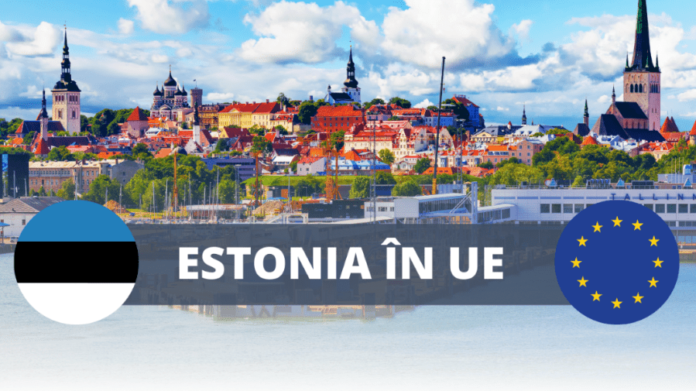Estonia, known for being one of the least indebted and most digitized countries in Europe, regained its long-awaited freedom with the fall of the communist bloc in 1991. The country borders the Baltic Sea and the Gulf of Finland between Latvia and Russia and has a population of about 1.349 million.
It became part of the European Union’s enlargement on 1 May 2004, marking the EU’s largest enlargement in population and territory. Estonia signed the accession treaty on 16 April 2003. It adopted the euro and joined the euro area as the 17th member on 1 January 2011.
Estonia’s economy is one of the most dynamic in the region. It is largely due to its openness to technology and innovation, with many start-ups. One notable example is Skype, originally developed by three Estonian programmers. Before joining the EU, Estonia’s GDP was around €12.6 billion. Statistics from 2022 show that it has increased by almost €25 billion. This growth reflects rapid economic expansion and successful integration into the European economy.
FOR THE MOST IMPORTANT NEWS, FOLLOW US ON TWITTER!
Estonia held a referendum before joining the EU on 14 September 2003. 67% of Estonians voted in favor of membership, while the turnout was 63%. Estonia’s main reasons for accession include reintegrating into European countries, gaining economic advantages such as access to investments and subsidies, and aiming to diminish Russian influence.
This article is part of the “Moldova Chooses Europe” campaign launched by the REALITATEA Press Group, in which we tell the story of the path EU Member States have traveled in European integration and the economic growth recorded as an accession result.



